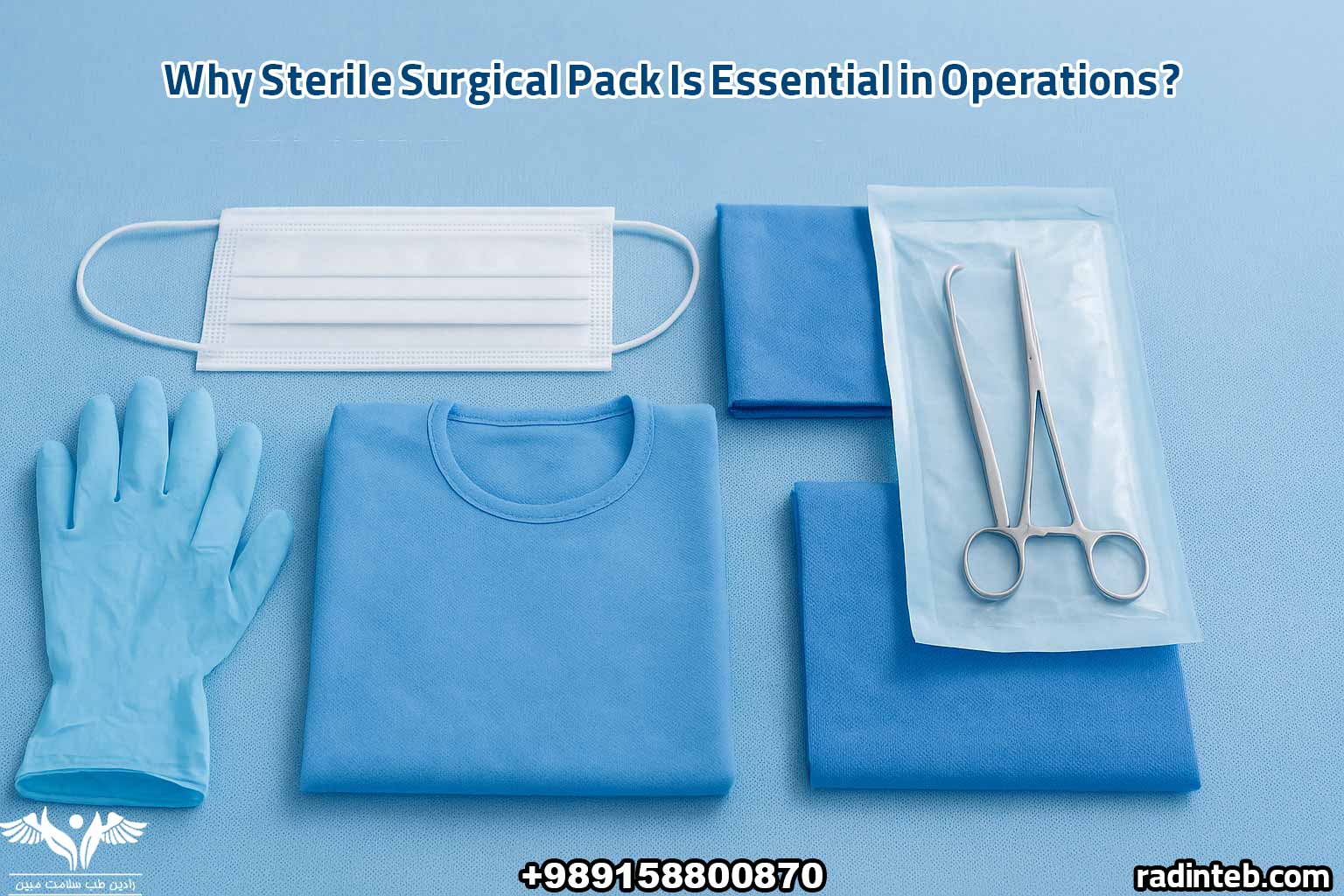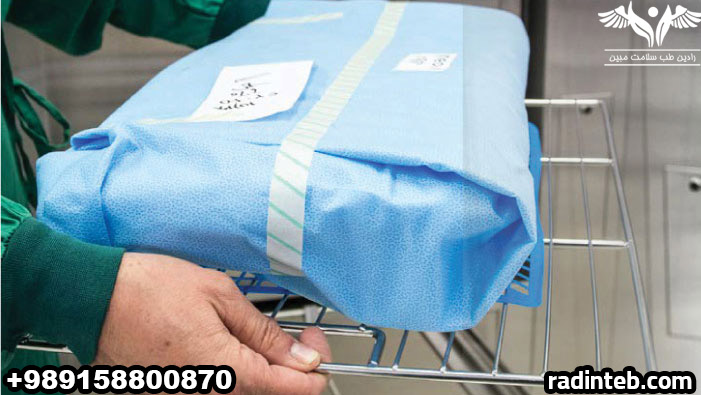
What Is a Sterile Surgical Pack and Why Is It Essential in Operations?
Introduction
In every surgical procedure, patient safety must be ensured. For this reason, sterile surgical packs are prepared and used. Sterile packs contain all the necessary instruments and materials, which have undergone sterilization to minimize the risk of infection. Thus, medical professionals consider the use of sterile packs a vital step in modern medicine.
What Is a Sterile Surgical Pack?
A sterile surgical pack is a sealed set of tools, drapes, and medical supplies that have been sterilized before use. Manufacturers design these packs to maintain sterility until surgeons open them in the operating room. Preparing them in controlled environments prevents contamination and ensures patient safety.
Main Components of a Sterile Pack
The contents of a sterile pack may vary depending on the type of surgery. However, common items are usually included:
- Sterile surgical drapes – used to cover the patient and surgical area.
- Gauze and swabs – applied for wound cleaning and absorption.
- Surgical instruments – such as scissors, forceps, and clamps.
- Gloves and gowns – worn by medical staff to maintain sterility.
- Specialized tools – included for specific surgical procedures.
Why Are Sterile Packs Important?
Sterile packs play an indispensable role in surgeries. Several reasons highlight their necessity:
- Infection prevention – Sterilized items significantly reduce the risk of surgical site infections and prevent infection.
- Time efficiency – Pre-arranged sterile packs help surgeons perform operations more quickly and smoothly, saving valuable time.
- Cost-effectiveness – Preparing ready-to-use packs reduces hospital costs and waste.
- Patient safety – Consistent sterility provides better post-operative outcomes.
Difference Between Sterile and Non-Sterile Packs
It should be noted that not all surgical packs are sterile. Sterile packs are intended for invasive surgeries, while non-sterile packs may be used for minor medical tasks, such as wound cleaning. For this reason, the choice between the two depends on the level of sterility required.
How do specialists prepare sterile packs?
Specialists assemble sterile packs in specialized clean rooms under strict supervision. They sterilize the instruments using methods such as autoclaving, ethylene oxide gas, or gamma radiation. Then, they seal the instruments in protective packaging, which must remain unopened until the surgery begins.

Advantages of Using Sterile Packs in Hospitals
- Reduced infection rates
- Higher surgical efficiency
- Increased patient trust
- Compliance with medical standards
Now, surgeons worldwide consider sterile packs an international standard in surgical operations due to their numerous benefits.
Why RadinTeb?
For high-quality sterile surgical packs and comprehensive medical solutions, trust Radin Teb—your partner in ensuring safety and excellence in every operation. Visit Radin Teb to explore our range of sterile products and expert resources.
Conclusion
The use of sterile surgical packs has become an inseparable part of modern surgeries. By ensuring patient safety, reducing infection, and improving efficiency, these packs play a critical role in healthcare systems. Consequently, hospitals and surgical centers are highly dependent on them.
Frequently Asked Questions (FAQ)
1. What does a sterile surgical pack contain?
It usually includes surgical drapes, gauze, sterilized instruments, gowns, and sometimes special tools for specific procedures.
2. Can surgeons use non-sterile packs for surgery?
No, non-sterile packs are not suitable for invasive surgeries. Medical professionals only use non-sterile packs in minor medical procedures.
3. How do medical teams guarantee sterility?
Advanced sterilization methods like autoclaving and proper sealing maintain sterility until use.
4. Why the sterile packs considered cost-effective?
Because they save preparation time, minimize waste, and lower hospital costs in the long run.

